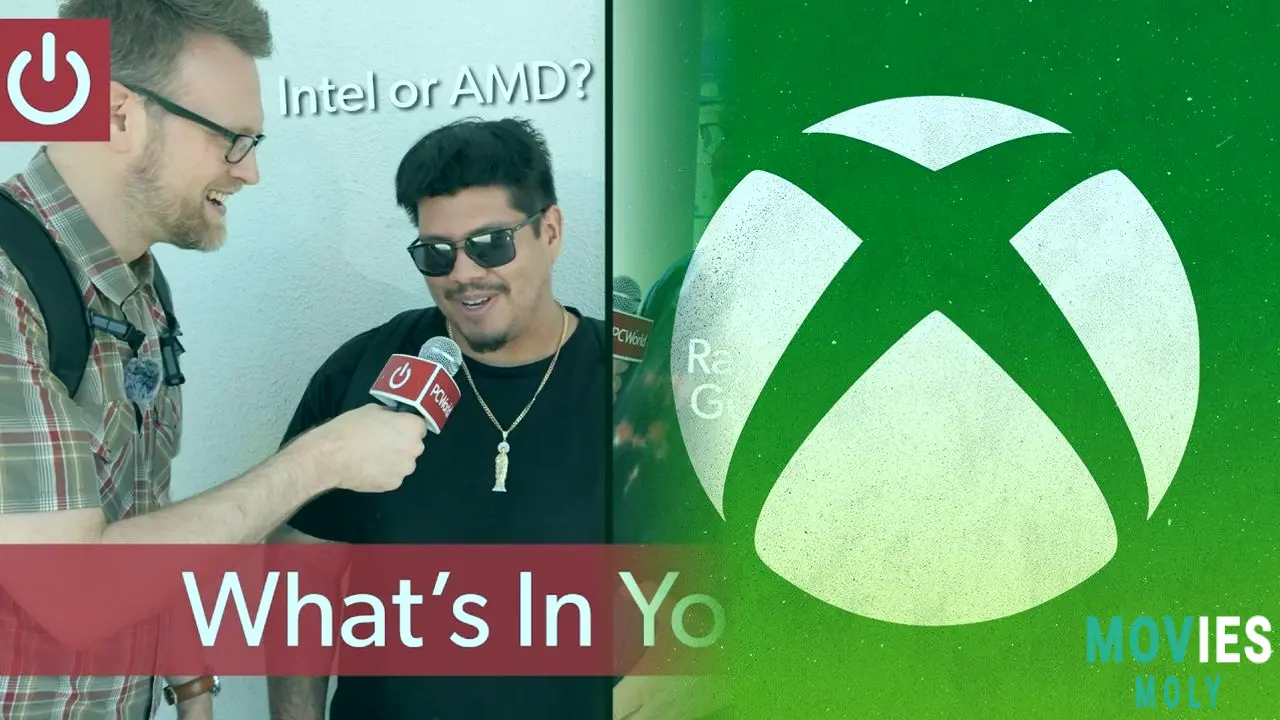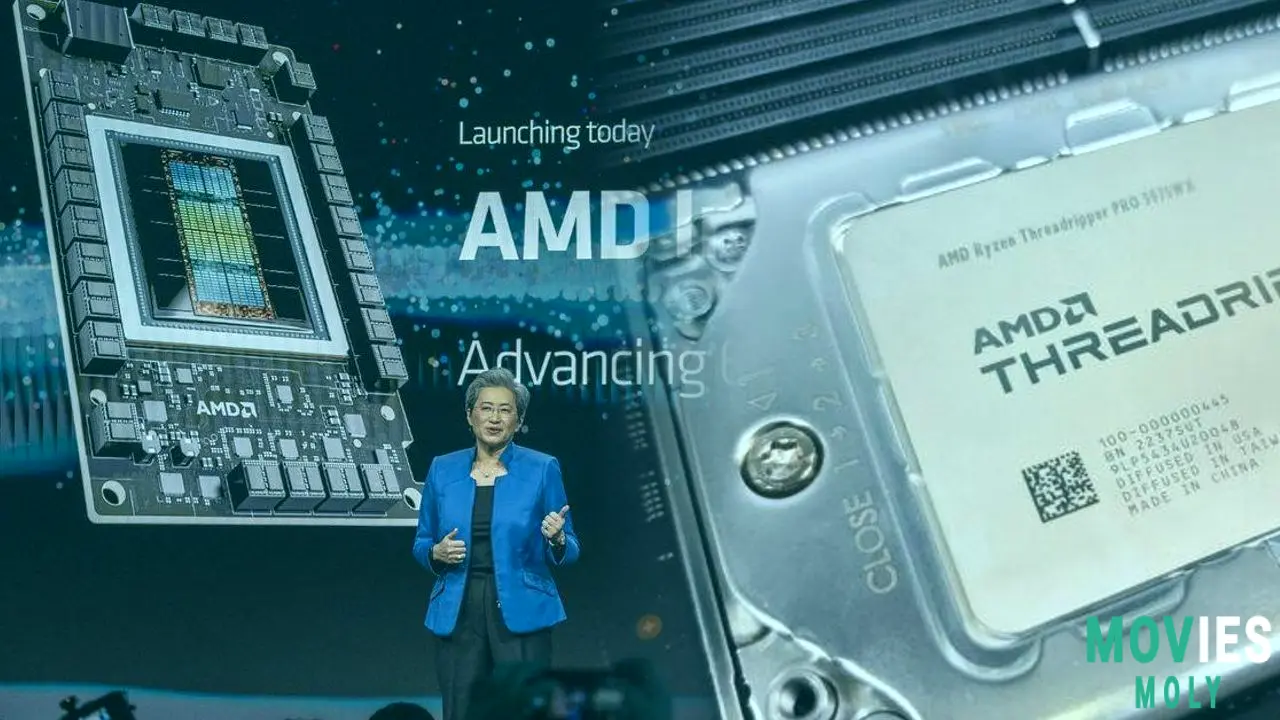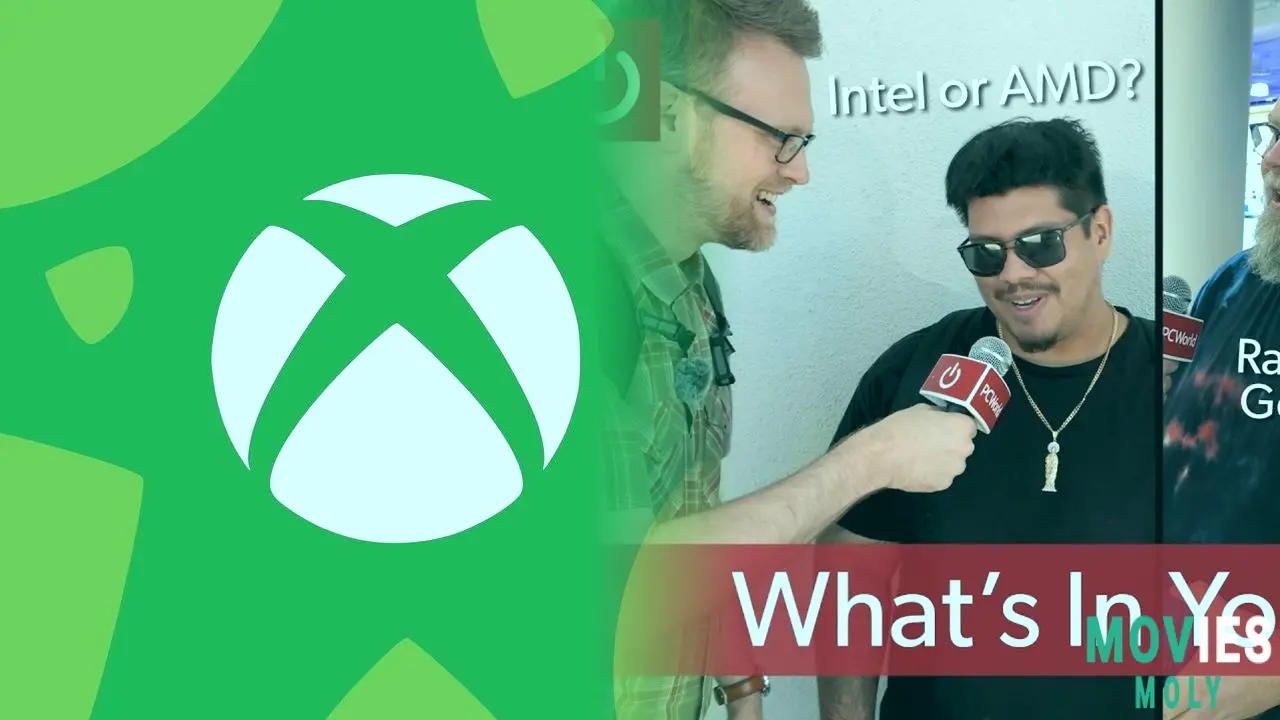If you've been paying attention to the IT industry, you'll know that Amd has recently made some significant movements. For a while, the discourse revolved around Intel and Nvidia ruling the show. However, AMD has taken significant steps forward. They are launching new items and forming partnerships that are capturing everyone's attention. It is undoubtedly a busy and exciting period for computer hardware.
I recall seeing a video where someone questioned customers at a Micro Center what was inside their PCs. One person said, "No AMD!" It made me laugh. This person was extremely loyal to other brands. However, it also demonstrates that AMD still has work to do to win over every single person. Still, many builders and gamers prefer AMD for their primary processors. Nvidia continues to be the leading option for graphics cards among these high-performance users. But AMD is definitely working hard to fix that. Things are constantly changing in this space.
How AMD's New Threadripper Processors Shake Up The Competition Against IntelAdvanced Micro Devices is claiming big wins with their latest desktop chips.
Advanced Micro Devices, or AMD, recently made some bold accusations against Intel. They showcased their Threadripper 9000 series processors. AMD claims that its new chips can outperform Intel's rival chips in a variety of jobs. This is not a minor distinction. These statements are bold, demonstrating AMD's willingness to challenge the long-time leader.
AMD's official papers and tests produce outstanding results. For example, the Threadripper Pro 9995WX is said to outperform Intel's Xeon W9-3595X. When it comes to rendering duties, it outperforms by 119 percent. For artificial intelligence (AI) workloads, AMD claims a 49 percent advantage. These figures, if accurate, are really excellent news for AMD. This suggests their chips are more than merely competitive. They are making progress in a number of key areas.
Even better, the new Threadripper chips are compatible with AMD's current sTR5 systems. This is a huge thing for computer builders. This implies that consumers can update to the new CPUs without having to purchase new motherboards or other pricey components. This can result in significant cost savings and make upgrades much easier. It is a wise decision by AMD to keep its present customers happy and loyal.
AMD's Competition Against Nvidia in the Artificial Intelligence Graphics Card Market

New Radeon AI Pro R9700 Cards Look To Take On The Market Leader
AMD is preparing a two-pronged strategy. They are not simply delivering Threadripper 9000 series processors next month. They are also unveiling the Radeon AI Pro R9700 graphics card. This card is intended to challenge Nvidia's dominant position in the AI graphics processing unit or GPU industry. As the need for AI servers increases, AMD's new powerful GPU could help them gain a larger share of the market.
Industry experts are also appreciating AMD's stock. Many people are optimistic about AMD's potential in the AI and gaming areas. Harsh Kumar, an analyst at Piper Sandler, is optimistic about the company's stock. He even boosted the price target for AMD. This indicates confidence in AMD's capacity to compete and expand. Analyst statements can frequently provide a strong indication of how the market perceives a company's future.
AMD's stock recently rose over 10% in a single day. This contributed more over $20 billion to its market worth. This was one of its most significant single-day gains in over a year. The excitement stemmed primarily from AI-related developments. Days before, AMD presented Wall Street with a detailed product roadmap. They also demonstrated real hardware and hinted at who will purchase their technology. All of this contributed to a high level of buzz and positivity.
At their "Advancing AI" event in San Jose, California, AMD made it abundantly obvious that they are after Nvidia. CEO Lisa Su showcased the company's next-generation Instinct MI350 accelerator processors. She also hinted at the next "Helios" AI rack. This is a server platform developed in-house to showcase AMD's MI400 GPUs. These are set to be released in 2026. Su stated that Helios "will set a new benchmark for AI scalability." This demonstrates AMD's ambitious AI intentions.
AMD is also shifting away from Nvidia's closed-system approach. Su stated, "The future of AI will not be produced by a single firm or within a closed ecosystem. It will be shaped by open collaboration within the industry." This comment reflects AMD's goal for a more open system. It may attract more partners that desire not to be limited to one company's technology. There is a significant difference in strategy. This open approach might make AMD a highly appealing partner for many businesses.
Microsoft's Next Xbox Console Will Use AMD Chipsets And Be More Open

A multi-year agreement will power gaming experiences for years to come.
Microsoft has acknowledged that it is developing a new Xbox console. This console will be developed in collaboration with AMD. Sarah Bond, Xbox's president, stated this in a video. She promised "an Xbox experience not locked to a single store or tied to one device." This is very huge news. For years, Microsoft has been pushing its own storefronts. This sentence provides an alternative way of thinking. It might provide gamers more freedom to play how and where they want.
Bond highlighted that Microsoft and AMD are forming a "strategic multi-year partnership." This agreement means they will collaborate to develop computer chips for a variety of products. This includes new Xbox consoles for the living room and portable devices. The two businesses will also collaborate on the next generation of Xbox Cloud Gaming. This has the potential to fundamentally alter how people play games. It has the potential to increase game accessibility across a wider range of devices. I believe this collaboration is a wise decision for both firms. It combines Microsoft's reach and AMD's chip-making capabilities.
Microsoft is emphasizing that its new Xbox strategy will encompass a wide range of devices. It will not be limited to its own store for games. Bond said: "This is all about building a gaming platform that's always with you, so you can play the games you want across devices anywhere you want — delivering you an Xbox experience not locked to a single store or tied to one device." She also stated that they are working closely with the Windows team to ensure that Windows remains the premier gaming platform. This seems like a complete plan. This implies more options for players. And that is always a positive thing.
This news comes just after Microsoft announced a cooperation with Asus. They will release two Xbox Ally portable gadgets later this year. These devices will include a new full-screen Xbox experience for Windows. This new Xbox experience runs on Windows. This means that Xbox Ally devices can access other marketplaces such as Steam. Microsoft appears to be hinting at the same for their next Xbox console. This points to a more open gaming environment. It represents a big move for a firm known for its closed ecosystems.
Bond also confirmed that the next Xbox will "maintain compatibility with your existing library of Xbox games." So, current Xbox Ally devices may not run Xbox console games without a PC version, future Xbox consoles will. This is fantastic news for gamers who have built up extensive libraries. This means that their older games will continue to work on newer devices. Fans frequently appreciate the devotion to backward compatibility.
What AMD's Recent Success Means For The Broader Technology World And Its Customers

The Company's Increasing Impact on Chips, AI, and Gaming Hardware
AMD has also secretly acquired smaller enterprises. They've brought on firms like Eno, Brium, and Untether AI. This allows them to construct a more complete portfolio of AI technology. These actions come at a critical time for AMD. They've seen their rival Nvidia's stock rise more than 150 percent in the last year. While AMD's stock has not grown as much as other stocks, its fundamentals have improved. This is especially true for data center sales. Demonstrating actual development in AI gives investors additional reasons to believe in the business.
While Nvidia continues to dominate the AI training business, recent reports indicate that AMD is gaining traction. They are establishing a credible second-place position in the AI competition. Partners aren't waiting to put orders. This indicates AMD is now recognized as a significant participant. Their open approach may be helping to win over clients who prefer more flexibility. It shows that a more competitive market is developing, which will benefit consumers in the long run. Increased competition usually results in better products and costs.
Overall, AMD is making waves. They can be found everywhere, from battling Intel with new processors to competing with Nvidia in AI and collaborating with Microsoft on Xbox. Their strategy of offering powerful CPUs while promoting open systems appears to be working. It will be fascinating to see how these actions play out over the next years. AMD is undoubtedly a firm to keep an eye on in the realm of technology.




